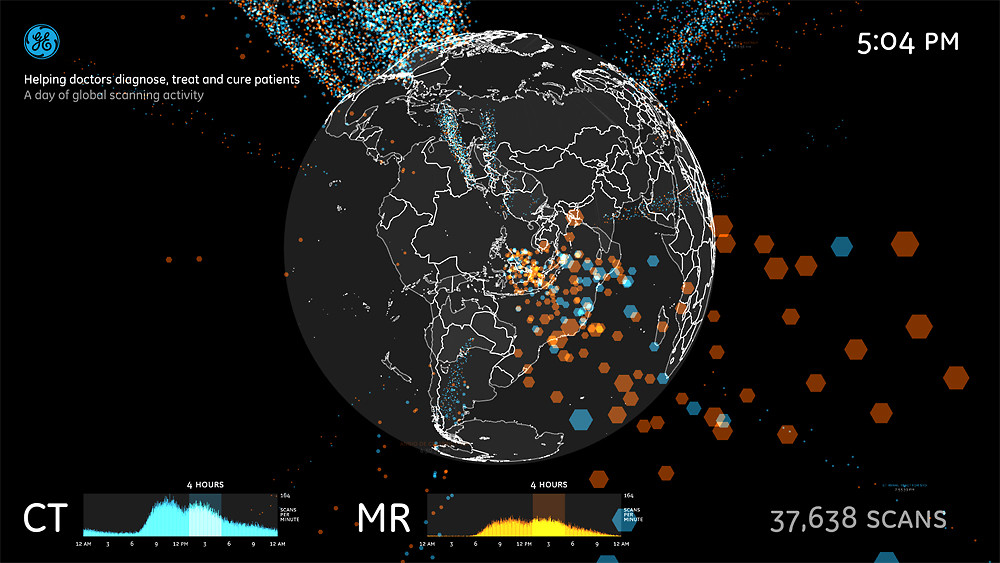GE infographics offer hints about future of data-driven management

A pair of remarkable projects created by Ben Fry (co-developer of Processing) and his company Fathom may seem like simple marketing, but one day soon could enterprise software look like this? “The point is, as the data we produce continues…









